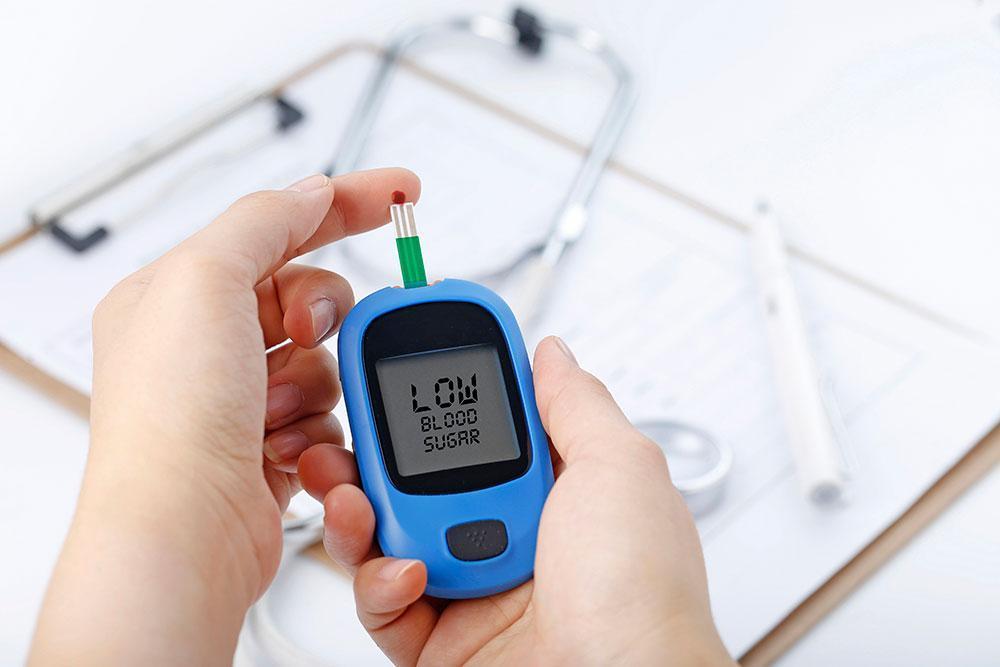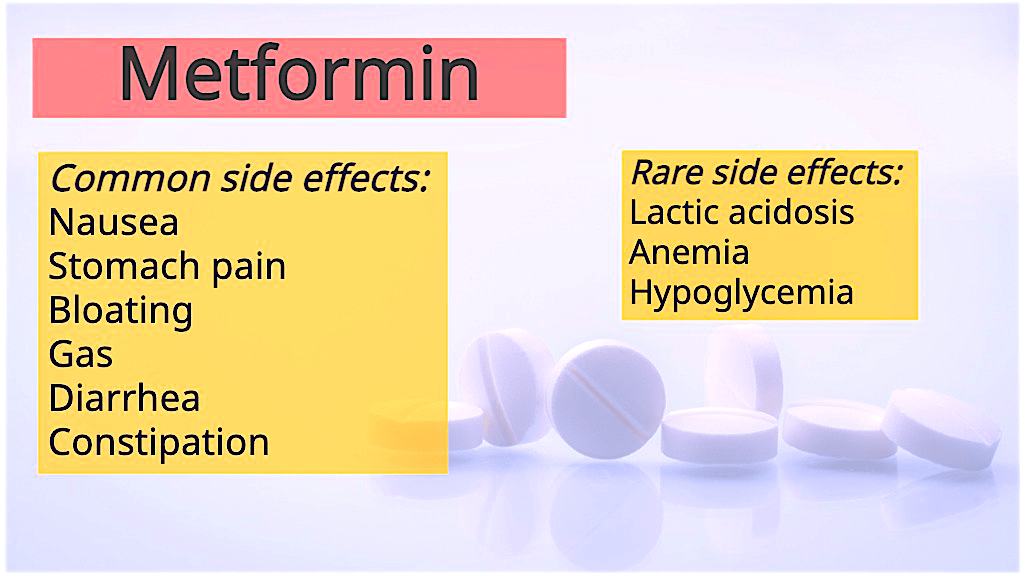Diabetes is one of the most prevalent health conditions worldwide, and India is no exception. According to the World Health Organisation’s latest reports, over 7.7 crore people in India living with diabetes. Diabetes, both Type 1 and Type 2, alters how the body uses blood glucose/sugar and may lead to serious complications. The complications include cardiac ailments, nerve/organ damage, kidney failure, and eye damage if not managed properly.
This blog will explore how adding Pranayama exercises to your regular practice can revolutionize the way you manage your diabetes. Whether you’re newly diagnosed diabetic or have been managing diabetes for years, understanding the Pranayama benefits could open up a new avenue for improving your health naturally.
Holistic Management of Diabetes with Pranayama
Conventional diabetic treatments like medication and insulin therapy are essential. However, there’s a growing interest in complementary and alternative therapies to manage diabetes. Holistic approaches, which consider the mind, body, and spirit, are gaining traction. These approaches aim to address the root causes of health issues like diabetes rather than just treating the symptoms.
One such holistic practice is Pranayama – a branch of yoga focused on breath control. Rooted in ancient Indian traditions, Pranayama is not just a breathing exercise but a powerful tool. It can positively influence physical and mental health. The practice is simple, accessible, and can be performed by anyone, making it an attractive option for those looking to manage diabetes naturally.
Why Consider Pranayama for Diabetes Management?
Pranayama and diabetes share a beneficial bond. Pranayama for diabetes patients offers more than just relaxation. It helps deal and control factors that affect diabetes like stress. Stress is a major contributor to fluctuating blood sugar levels. Practicing Pranayama can reduce stress, improve mental clarity, and promote a sense of calm. All of these are beneficial for managing diabetes.
Additionally, Pranayama benefits include improving oxygenation, enhancing metabolism, and supporting the overall functioning of the body’s endocrine system. All these play a crucial role in regulating blood sugar levels.
Read More: Know About Madhunashini Vati For Diabetes.

How does Pranayama help in Diabetes Management?

Pranayama for diabetes patients offers significant benefits. It improves sugar control and reduces stress, which is crucial for managing the condition.
Blood Sugar Control
Pranayama enhances insulin sensitivity, helping the body use insulin more efficiently. Techniques like Kapalabhati and Bhastrika stimulate the pancreas, supporting better glucose uptake. Additionally, increased oxygenation through exercises like **Anulom Vilom** improves metabolism, preventing blood sugar spikes.
Stress Reduction
Chronic stress elevates blood sugar levels by triggering the release of cortisol. Pranayama, particularly Bhramari and Nadi Shodhana, helps calm the mind and lower cortisol levels. This reduces stress-induced glucose spikes and enhances mental well-being, essential for managing diabetes.
Autonomic Nervous System (ANS) Regulation
Pranayama balances the autonomic nervous system, improving functions like heart rate and digestion. Techniques like Anulom Vilom stabilize the heart rate and enhance digestive processes, which can be disrupted in people with diabetes.
Cardiovascular Health:
Diabetes increases the risk of heart disease. Pranayama supports cardiovascular health by improving circulation and reducing blood pressure. Bhastrika boosts oxygen intake and circulation, while Nadi Shodhana helps lower blood pressure, reducing the risk of complications.
Pranayama offers a holistic approach to diabetes management. It improves insulin sensitivity, reduces stress, regulates the autonomic nervous system, and supports cardiovascular health. Regular practice can lead to better overall well-being and more effective diabetes control.
Read More: Chart For Normal Blood Sugar Level For Adults with Diabetes

Top 5 Pranayama for Diabetes Management
Pranayama offers various breathing techniques that can significantly help manage diabetes. These techniques improve physical health and enhance mental well-being, making them a holistic approach to managing the condition. Here are the top 5 Pranayama for sugar control:
1. Kapalabhati Pranayama (Skull Shining Breath)
Kapalabhati Pranayama is one of the best Pranayama for diabetes. It involves slow inhales and quick, forceful exhales. This technique stimulates the abdominal organs, particularly the pancreas, which is crucial for insulin production. By boosting metabolism and detoxifying the system, Kapalabhati helps regulate blood sugar levels. Additionally, it increases the oxygen supply to the brain, improving focus and mental clarity. All of these can be beneficial for managing stress, which is a common trigger for blood sugar fluctuations.
How to Perform:
- Sit comfortably with a straight spine.
- Inhale deeply, then exhale forcefully through the nose, pulling your navel in towards your spine.
- Perform 20-30 rapid exhalations followed by a deep inhale. Repeat for 3 rounds.
Caution:
Avoid this practice if you have high blood pressure, heart problems, or are pregnant.
2. Anulom Vilom (Alternate Nostril Breathing)
Anulom Vilom Pranayama benefits for diabetes patients are many. It is a simple yet powerful breathing technique that balances the nervous system and enhances oxygenation in the body. By balancing the right and left hemispheres of the brain, this practice promotes overall well-being and reduces stress. For those with diabetes, Anulom Vilom helps stabilize blood sugar levels by improving metabolic functions and reducing the impact of stress.
How to Perform:
- Sit in a comfortable position with a straight back.
- Close your right nostril with your thumb and inhale through the left nostril.
- Using your ring finger, shut your left nostril and release the breath via your right nose.
- Inhale through the right nostril, then close it and exhale through the left. This completes one cycle. Practice for 5-10 minutes daily.
Caution:
This technique is generally safe for everyone, but beginners should start slowly.
3. Bhastrika Pranayama (Bellows Breath)
Bhastrika Pranayama for diabetes patients involves deep inhalation followed by forceful exhalation, mimicking a blacksmith’s bellows. This technique boosts the oxygen supply to the cells and enhances circulation. It also stimulates the pancreas and helps detoxify the body. Thus improving insulin sensitivity and overall metabolic health.
How to Perform:
- Sit relaxed and take a deep breath in.
- Exhale forcefully through the nose, followed by a deep inhale.
- Continue this rhythmic breathing for 10-15 breaths, then relax. Repeat for 2-3 rounds.
Caution:
People with high blood pressure, heart disease, or respiratory issues should practice this with caution or consult a doctor before starting.
4. Bhramari Pranayama (Bee Breath)
Bhramari Pranayama for diabetes patients is a calming technique that involves making a humming sound while exhaling. It is known for its ability to reduce stress and anxiety, which are major contributors to blood sugar imbalances in diabetics. By calming the mind and promoting relaxation, Bhramari helps stabilize blood sugar levels and improve mental health.
How to Perform:
- Sit in a comfortable position and close your eyes.
- Inhale deeply, then exhale slowly while making a humming sound like that of a bee.
- Focus on the vibrations in your head and continue for 5-10 minutes.
Caution:
This technique is safe for all and can be practiced even by beginners.
5. Nadi Shodhana (Channel Purification Breath)
Nadi Shodhana in Sanskrit is known as alternate nostril breathing. It is a powerful technique for purifying the body’s energy channels (nadis). The principle of this Pranyama is to balance the flow of prana (life force energy) between the left and right nostrils. This practice relaxes the nervous system, relives stress, and promotes overall well-being. For diabetic patients, Nadi Shodhana helps balance hormones. It also improves the functioning of the endocrine system, which is crucial for blood sugar regulation.
How to Perform:
- Sit comfortably with your spine straight.
- Close your right nostril with your thumb and inhale through the left nostril.
- Using your ring finger, shut your left nostril and release the breath via your right nose.
- Inhale through the right nostril, then close it and exhale through the left. This completes one cycle. Practice for 5-10 minutes.
Caution:
This technique is safe and can be practiced by people of all ages.
Read More: HbA1c (Hemoglobin A1c) A1c Chart, Test, Levels, & Normal Range
Conclusion
By enhancing blood sugar regulation, lowering stress levels, and enhancing general health, incorporating these Pranayama exercises into your daily routine can significantly help with diabetes management. For the best results of Pranayama for diabetes control, start off slowly and progressively extend the length of your practice as you become more comfortable. Before starting any new fitness program, always get advice from your diabetologist, especially if you have any underlying medical concerns.
FAQ’s(Frequently Asked Questions)
For effective diabetes management, practice Pranayama daily for 15-30 minutes. When you gain more expertise with the techniques, progressively extend the time of your sessions from shorter starts.
No, Pranayama should complement your existing treatment plan. It can help manage stress and improve insulin sensitivity, but it is not a substitute for medication. Always consult your doctor before making any changes to your treatment.
Results vary by individual, but consistent practice for a few weeks can improve stress levels and overall well-being. Blood sugar regulation may take longer, typically a few months, to show significant effects.
Yes, Pranayama can be integrated with other forms of exercise, like yoga or walking. It complements physical activity by improving oxygenation and reducing stress, enhancing the overall benefits of your exercise routine.
Morning is ideal for Pranayama, as it energizes the body and calms the mind for the day ahead. However, practicing in the evening can also help reduce stress and promote relaxation. Avoid practicing immediately after meals.
Disclaimer
This site provides educational content; however, it is not a substitute for professional medical guidance. Readers should consult their healthcare professional for personalised guidance. We work hard to provide accurate and helpful information. Your well-being is important to us, and we value your feedback. To learn more, visit our editorial policy page for details on our content guidelines and the content creation process.

 English
English












